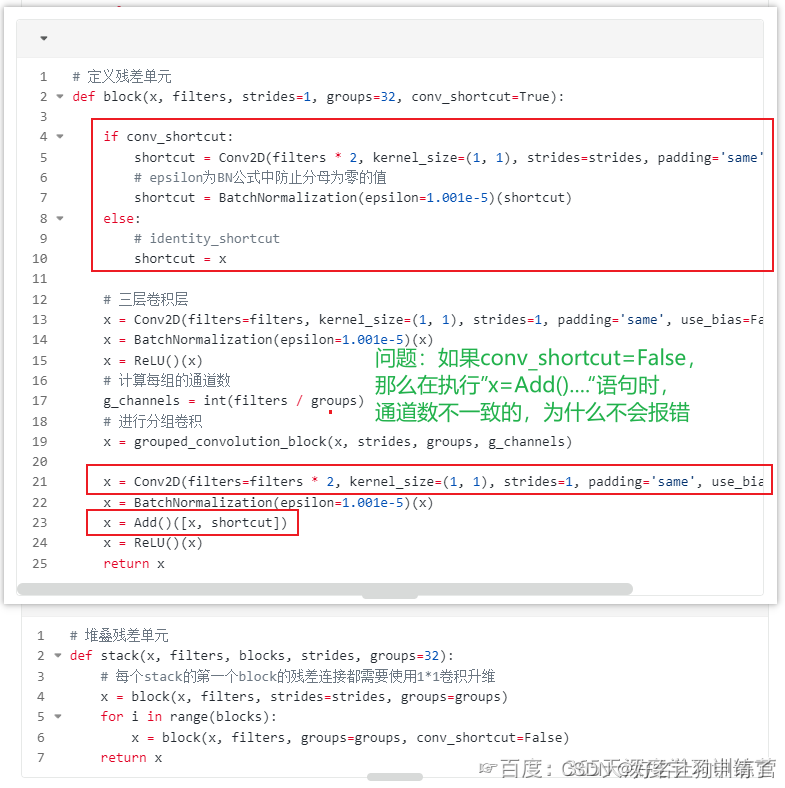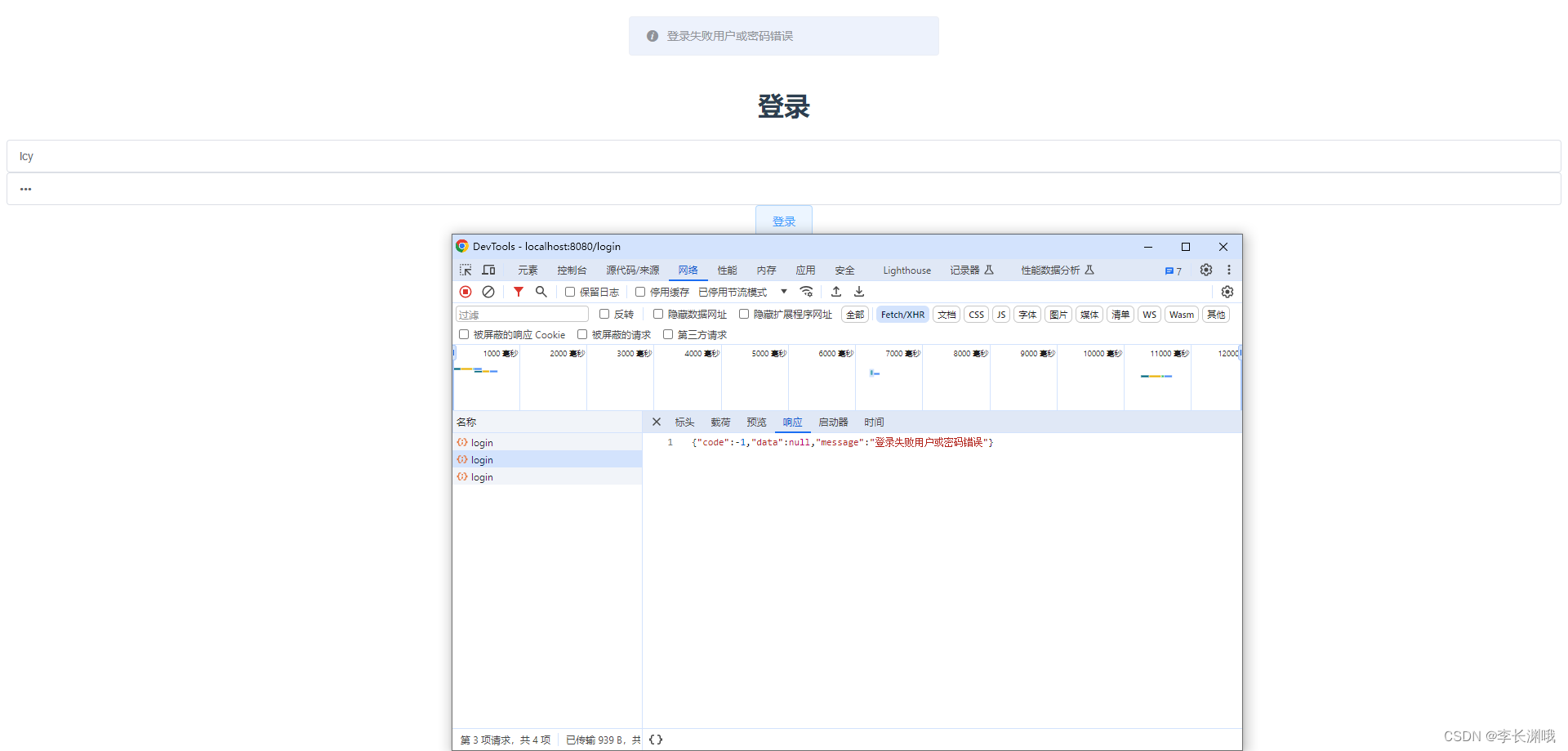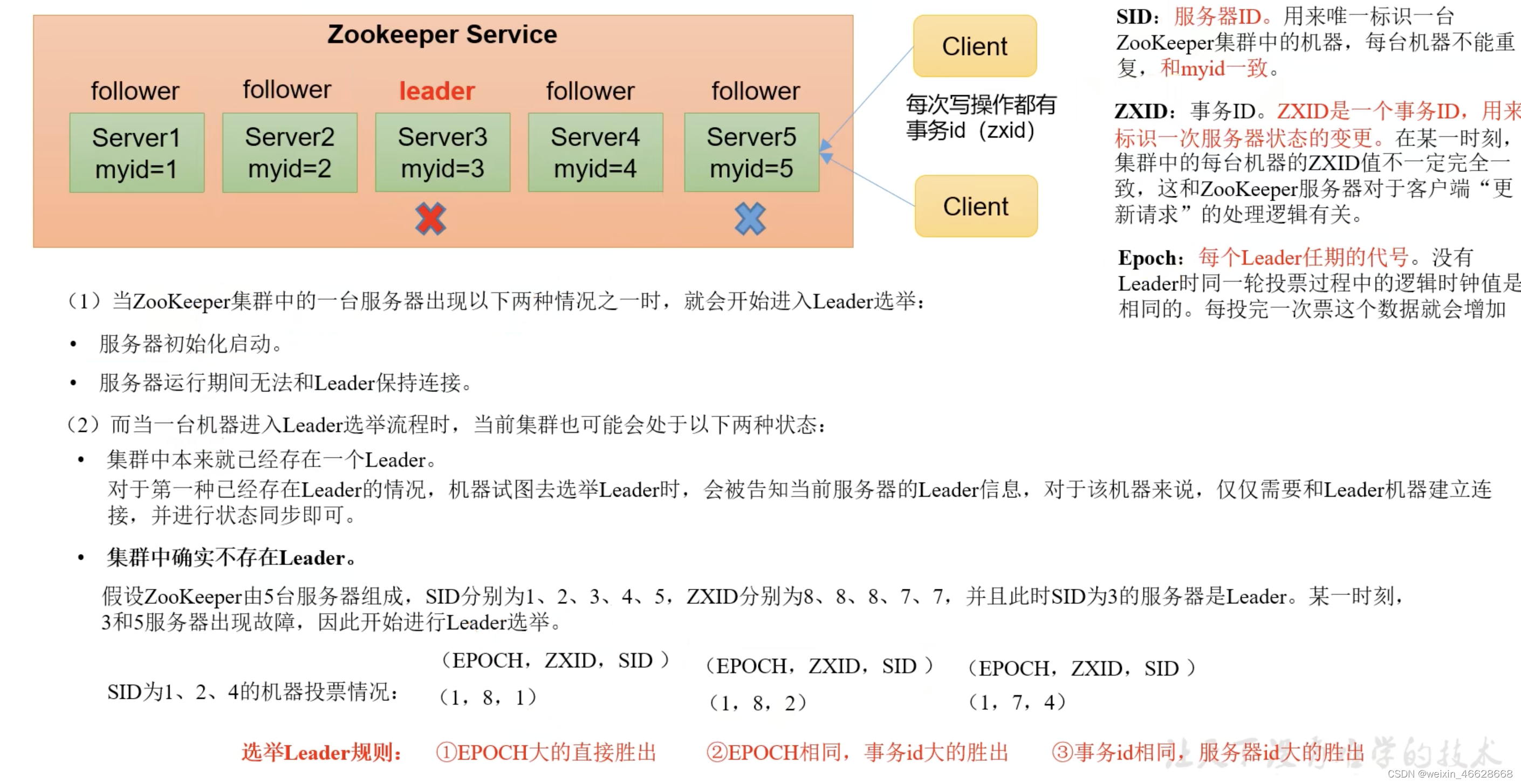nginx主配置文件添加配置:
stream {
log_format proxy '$remote_addr [$time_local] '
'$protocol status:$status bytes_sent:$bytes_sent bytes_received:$bytes_received '
'$session_time upstream_addr:"$upstream_addr" '
'"$upstream_bytes_sent" "$upstream_bytes_received" "$upstream_connect_time"';
include /etc/nginx/tcp_conf.d/*.conf;
}虚拟主机的配置
server {
listen 39000;
proxy_pass test_backend_for_health;
proxy_connect_timeout 10s;
proxy_timeout 10s;
access_log /var/log/nginx/test.log proxy;
open_log_file_cache off;
}
upstream test_backend_for_health {
server 192.168.2.82:10001 max_fails=2 fail_timeout=30s weight=2;
server 192.168.2.82:10002 max_fails=2 fail_timeout=30s weight=2;
server 192.168.2.82:10003 max_fails=2 fail_timeout=30s weight=2;
}应用程序的模仿
python3脚本
# coding: utf8
import socket
import sys
port=int(sys.argv[1])
def simple_tcp_server(host='192.168.2.82', port=port, reply_message="Hello from server!"):
# 创建一个socket对象
with socket.socket(socket.AF_INET, socket.SOCK_STREAM) as s:
s.bind((host, port))
print(f'Server started on port {port}...')
s.listen(1)
while True:
conn, addr = s.accept()
with conn:
print(f'Connected by {addr}')
while True:
data = conn.recv(1024)
if not data:
break
try:
print("Received:", data.decode())
except Exception as e:
print(e)
conn.sendall(reply_message.encode())
if __name__ == "__main__":
simple_tcp_server()脚本编写好之后,打开3个终端,运行3次python脚本,参数分别为10001/10002/10003。
![]()
启动nginx之后,开始模拟做一次tcp请求
telnet localhost 39000可以看到日志如下:
![]()
关闭其中一个python脚本,比如10003这个,多请求几次会发现,nginx的日志变成如下的样子:
 也就是说nginx会先转发一次请求给后端10003,在发现10003失败之后,立即转发给了剩余两台后端应用中的一个,并且把这次请求的过程也给记录了下来,也就是$upstream_bytes_received这个参数打印的内容。
也就是说nginx会先转发一次请求给后端10003,在发现10003失败之后,立即转发给了剩余两台后端应用中的一个,并且把这次请求的过程也给记录了下来,也就是$upstream_bytes_received这个参数打印的内容。



















